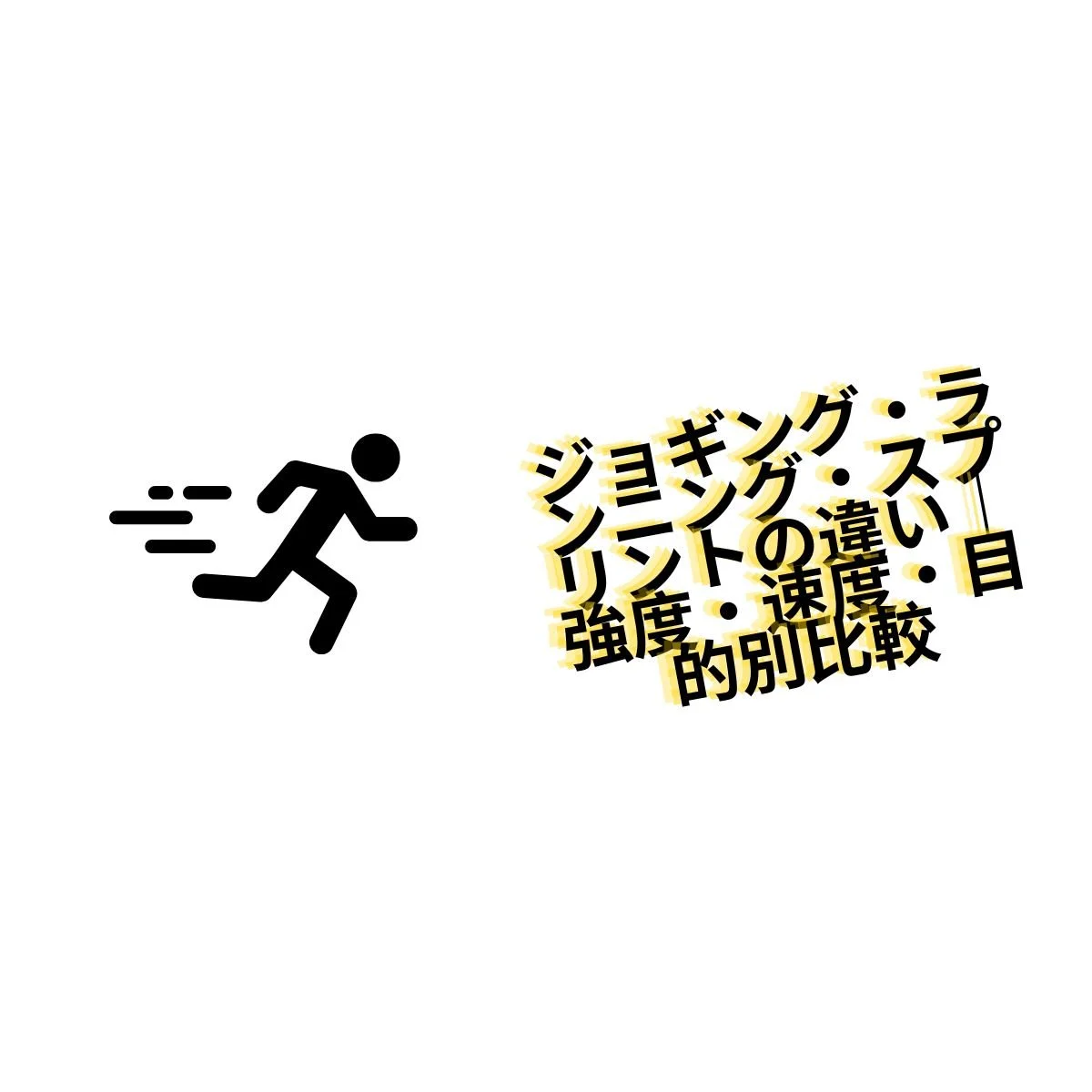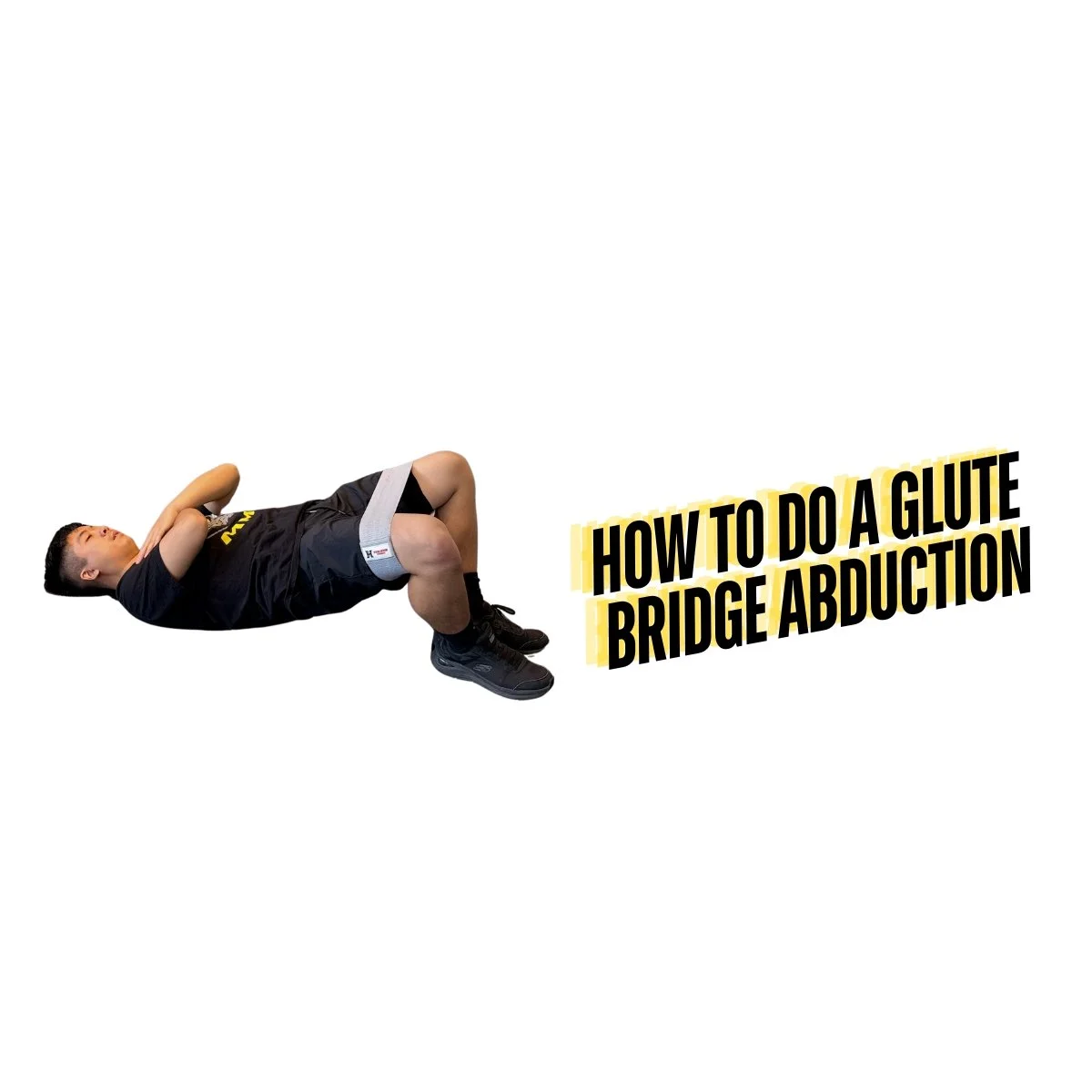Hemiplegic Gait (Regaining Proper Walk after Having a Stroke)
Post-Stroke Hemiplegic Gait
Depending on the nature and severity of a stroke, the body can experience different impairments. Hemiplegia is one of the most common impairments, which is paralysis on one side of the body. Hemiplegia can cause weakness, problems with muscle control, and muscle stiffness which all contribute to significantly reduced gait (a person’s manner of walking). Hemiplegic gait is most commonly seen in stroke patients where the loss of arm swing and circumduction are the common abnormalities.
Though extremely challenging, with a strict rehabilitation regime many stroke patients can regain proper function. This is largely dependent on the severity of the stroke incurred. Always talk to your doctor before starting any exercise or rehabilitation program.
Post-Stroke Walking Impairments
Depending on the severity and type of stroke, different impairments can occur. For example, individuals can experience a loss of balance, gait changes, loss of spatial awareness, muscle fatigue, and a lack of coordination. In some cases, walking aids may be necessary. This can include 1-point and 4-point canes, walkers, and wheelchairs. Remember to ask your healthcare provider if they can adapt exercises so that you can use your cane. Assistive braces such as Ankle Foot Orthotics (AFO) may also be prescribed to help your gait, especially if you experience foot drop. Some exercises may require you to remove your AFO in order to work on regaining your full range of motion.
Chances of Walking Again after a Stroke
As with all stroke-related impairments, the chances of walking again are dependent on the nature and severity of the stroke incurred.
If regaining a proper walk is a goal of yours, after you consult your doctor ensure that you have the proper rehabilitation team in place. This can consist of healthcare professionals such as neurologists, physical therapists, kinesiologists, occupational therapists and many more. Each healthcare professional has a critical role to play in your care. There are many in-patient and out-patient rehabilitation programs available and your doctor will be able to suggest the correct program for you based on your rehabilitation progress thus far.
At-home Exercises to Regain Proper Gait
There are many exercises that stroke patients can complete in their homes that work on strengthening the lower body and increasing range of motion. The aim of these exercises is to reduce muscle stiffness and weakness and increase muscle control which is normally affected by hemiplegic gait. These exercises are suggested for those who have mild gait abnormalities and those who can get up and off the ground safely. More severe impairments will require supervised rehabilitation by your healthcare team.
Seated Marching
While seated, alternate raising each knee up towards your chest at your own pace. For an extra challenge, try pausing at the top for 2-3 seconds, and then switch legs.
Seated Leg Extensions
You can perform the seated leg extensions by, alternating each knee out in front of you so that your leg is parallel to the floor while the other leg remains bent. To avoid injury, resist locking your knee when it is at parallel and instead keep a soft bend.
Knee to Chest
While lying on your back on the floor bend both knees so that they are in the air and your feet are flat on the ground. Next, alternate bringing one knee towards your chest. You can use your arms to help assist your leg in moving towards your chest.
Toe Taps
While lying on your back on the floor, bring both knees up so that your shins are parallel to the floor. You should feel your core engage. Next, bring your right leg down and gently tap the floor with your right foot. Bring your right leg back up and repeat the same movement with your left leg.
Flamingo Stands
Stand on one leg for 30 seconds and then repeat on the opposite leg. Remember to hold onto a secure support while performing this exercise!
Side Leg Raises
Standing, lift one leg out to the side about 45 degrees (or farther if you can). Repeat on the opposite leg. Remember to hold onto a secure support while performing this exercise! For an extra challenge, hold your leg out to the side for 2-3 seconds and then bring it back to your starting position.
Ankle Dorsiflexion and Plantarflexion
This can be a difficult exercise for many. While seated, bring your affected leg up and cross it over your unaffected leg. Move your foot into dorsiflexion by using your unaffected hand to move your foot up towards your knee. Next, use your unaffected hand to move your back down towards your ankle. If you cannot cross your affected leg over your unaffected leg, see if a family member or friend can assist you while your affected leg is extended in front of you.
Toe Raises
This can be another difficult exercise for many. While seated with both feet flat on the floor, have your unaffected foot slide under your affected foot and raise your toes. Then release back down. If this is too easy for you, or you have more range of motion in your affected foot, you can perform this exercise in a standing position where you simultaneously come up onto your toes. Remember to hold onto a secure support while performing this exercise!
Heel Raises
This is another advanced exercise! While seated, start with your feet flat on the ground and then come up onto your toes while lifting your heels off the ground. Next, place your feet back down flat on the ground and repeat simultaneously.












